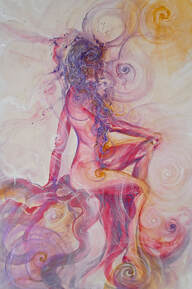|
'Living' pink with mellow yellow-gold undertones characterises Living Coral, Pantone Colour of the Year 2019, far softer than the vivid Ultra Violet of 2018. Certainly it brings some warmth to somewhat chilly times and draws our attention to the stunning beauty of the natural colours within the world of the fragile coral reefs.
0 Comments
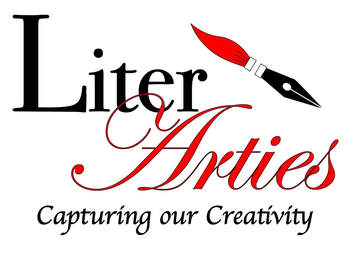 Recently I became part of a dynamic, exciting new group based in and around Oxford, UK. Dennis Hamley, an active member of Writers in Oxford and prolific author, put out the call within the society for artists to exhibit together. And so our group of published authors and artists came together. As artists our styles include a wide range of styles, subject matter and mediums. And, as writers we cover a diverse range of subjects; from local history to transgenderism, psychological thrillers to children’s stories, gritty life to romantic escapism, and esoteric symbolism. Collectively, we are not only published authors and skilled artists, but also teachers, mentors, publishers and actively working in many other non-arts related professions. Although we were brought together by our skills in writing and art, many members are involved in other aspects of the Arts, such as music and drama. Because of this, and our desire to work with others, our common vision is Capturing our Creativity, through many modes and mediums. The chemistry works and in a matter of a few months we have a name, LiterArties, a website and also can be found on the social network - Facebook, Twitter, Instagram. Not only that, galleries have responded enthusiastically to our proposal, appreciating both our art and literary talents, keen that we should run talks and workshops during exhibitions. These are the exhibitions we have organised so far and more are in the pipe-line. Please check my Diary for all exhibitions, talks and workshops I will be doing. For all workshops during the exhibitions see the LiterArties Diary.
Numerous times I have had conversations about how worthwhile it would be to teach children the significance of mathematics using examples of geometry around us in Nature. In fact, using examples everything we interact with and the many fun ways in which we use it - as in our games, clothes, music and so many other relevant ways that a child can easily relate to, and understand it. Sometimes I dabble with the idea of producing a book for children describing the richness of the language of numbers. Maybe I will do one day, but in the meantime I searched around to see if anyone else had already done so.......and discovered..... This Disney animation, "Donald in Mathmagic Land" was recommended to me. It is an example of how much more interesting, and memorable, mathematics could be made using visual, real examples from around us. "The Greedy Triangle"....and several books that were already showing how fun the world of geometric shapes can be for the younger audience. In fact there were DOZENS approaching geometry-shapes and colours from different 'angles'! Books on geometric shapes for young readers"The I Hate Mathematics! book" by Marilyn Burns - '....a way of looking at the world and that it can be relevant to everyday life (Street maths) and fun'.
"Shapes, Shapes, Shapes" by Tana Hoban - 'Whenever you are - inside or outside - there are shapes to discover.' A gem of architectural mystery, internally the Rosslyn Chapel is covered by carved images that have piqued the interest of historians trying to unravel their meaning. Made famous by Dan Brown's 'De Vinci Code' the chapel welcomes hundred of intrigued visitors every year, which helps to restore and maintain this delightful structure. Founded in 1446 by Sir William St Clair the chapel took only 40 years to build. Naturally, with so much overt symbolism, the Knights Templar and Scottish freemasonry are part of the chapel's history. 'The Rosslyn Motet' (2006) by Stuart Mitchell Music. Stuart composed this beautiful piece based on some 27 years of research by Thomas J Mitchell (Stuart's father) into the musical references of the Rosslyn Chapel carvings of organised cubes, now called the Rosslyn Frequency. The first youtube below describes this research and its links with cymatics, and the second introduces the Rosslyn Motet. Purchase the Rosslyn Motet from Stuart's store. 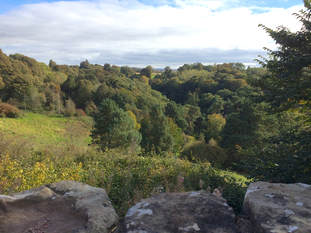 Rosslyn Chapel, Rosslyn, is located in stunning surroundings a short journey beyond the southern fringe of Edinburgh, Scotland. All set up and ready to do the first talk of the British Society of Dowsers Conference 2018. It went down very well, as did the workshops on each day of the conference. A very welcoming society with quality values (such as their magazine) and aspirations to grow. I highly recommend it.
My artistic creative juices have been flowing over the last few days. Putting aside writing, gardening and household chores, I have immersed myself in experimenting with some new paint materials and a more graphic style. It has been quite a while since I worked on a smaller scale, on paper and in intricate detail. I have even been making my own paper, with some unusual results. Here is a small selection that I am calling Constructed Abstract artwork. For more paintings see my Paper gallery.
All encompassing circleRings, or Circles, bind everything within as one. It is the nature the circle to encompass, hold and support whatever is contained within it, like a bowl. All geometric shapes are constructed with their corners touching the Circle from which they originate and are maintained. Indeed, all forms of existence shaped by geometric principles are contained within the circular vessel of reality.
THE INTENT and nature of the Centre radiates out in all directions, as light does. So if it is negative, or "rotten at the core", this also spreads outwards. Much like the inner Circles around a source of dark power when corrupted will influence outer Circles to eventually affect the whole community revolving around this source. Light and love will permeate the Circle, so whenever you are central to a Circle radiate out positive, loving intent. For more on the characteristics of Circles and other geometric shapes please refer to my books in The Gateway Series. The Lord of the RingsThe famous Bodlaien libraries in Oxford, UK, are holding a major exhibition of JRR Tolkien's work from the 1st June 2018, including his illustrations, poems, letters and personal items. As a fan of The Hobbit and The Lord of the Rings books, which I have read several times, I am looking forward to gaining an insight into the creative process of this gifted author. The binding power of rings and the significance of the intent of the ring bearers, being destructive dark or healing, loving light, are central to the success these epic stories.
Spring flowersWhere better to see sacred geometry, colour, the Elements and pure creative intent - the components of alchemical art - than in Nature. Spring flowers provide us with a feast for our senses and overtly display the use of sacred geometry and colour to perfection. As living yantras they can be used for meditation and reflection. And it is not surprising that we have given flowers additional symbolic meanings, then presented as gifts to convey these meanings in an intimate and personal way. Personally I could look at flowers for hours as they are fascinating as well as beautiful - within them we can find all the rules of the geometric blueprint, colour combinations reflecting harmonious musical notes, pattern making, fractals, stimulating scents...and so much more. But mostly because it is such a pleasant experience to be with flowers. It came to me to do this post while wandering through my garden, enjoying the spring flowers and taking the photographs below. Until using them in a gallery I hadn't realised how all except one (the red one at the end) include the colours purple, yellow and white. Something I will reflect on... Keith Critchlow's -sacred geometry of flowersKeith Critchlow's book "The Hidden Geometry of Flowers - Living rhythms, form and number" is a masterpiece of work examining the sacred geometry within flowers and also flowers as the original source of human life. To hear more listen to his presentation on the youtube video below. Alchemical artAlchemical Art is transformative, changing anyone who works with them. This can happen merely by looking at the artwork or being in its proximity. Each piece is contained within the sacred space of its boundaries and is a fusion of the dynamics of geometric forms, emotive colours and one or more of the Classical Elements. The latter may be symbolically represented in the image or made out of specific materials due to their symbolism or vibration. In this instance crystals were placed on four paintings of my alchemical art paintings to incorporate their qualities. The results were stunning to look at and to work with. It would have been interesting to add further Elements, such as bowls of water and burning essence for air and fire, and also to use sound to activate them. Each of the alchemical art crystal grids were made by some participants of a crystal group run by Karin Bain. Karin has written an e-book called Networking With Crystals that will soon be available in paper form as well. Crystal GridsCrystal grids take many forms, they can be simple, intricate or complete. Invariably there is sacred geometry in their layout and so they are actually a yantra, or "thought form", the principle of all man-made sacred geometry artworks and structures. By adding the vibrations of specific crystals the crystal grid yantra becomes a pulsating vehicle for connecting your Mind to the underlying basis of reality. The effects are very personal. Yantras are covered in detail in The Gateway Series books and I also recommend the book Yantra by Madhu Khanna. Any sacred site using sacred geometry and specific earth materials brings additional vibrational qualities to their function and use. For example, Stonehenge and its bluestone rocks that were deliberately brought a great distance for their vibrational purposes. In the aerial image below notice how the central stone grid is enclosed within a larger Circle. It is part of a larger site that has several smaller yantra that all work together. This sacred structure is a huge crystal yantra that still has the capacity to draw thousands of people to it. It is always such a pleasure to visit the London Book Fair! Busy and buzzing with conversations in many languages you get a sense of the global love of books. As an author it is rewarding to experience the business side of publishing books and see the wheels of commerce in action. Also to see what are the current trends, to renew and make new connections. For their second year at the LBF the Society of Authors were there gathering up more authors and plan to keep coming - evidence that many authors like to see the LBF in action.
Watkins Publishing, publishers of The Gateway Series, beautifully displayed their latest publications. It was lovely to say hello to Etan (Watkins owner), Jo (Editorial Director) and Vicky (Director of Marketing) and to meet their latest recruits. |
Archives
December 2023
Categories
All
|
Gateway to the Heavens Do you realise you actually shape your destiny and shapes influence your destiny. If you want to understand how this works ask Karen to give a talk about it or read her excellent book. You may have hated even the mention of geometry at school, but Karen's simple and illustrated explanations will give you a real insight into this fascinating topic. |
The Hidden Geometry of Life The attentive audience was enthralled by Karen's introduction to the principals of this truly multi-dimensional topic ... The energy in the room, by the end of the evening, was well and truly charged! |
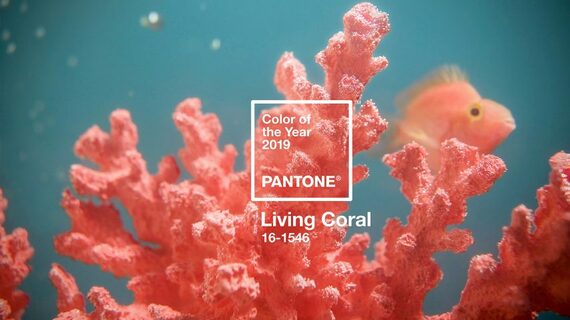
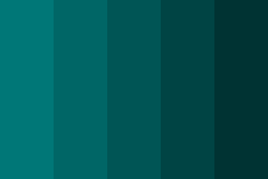
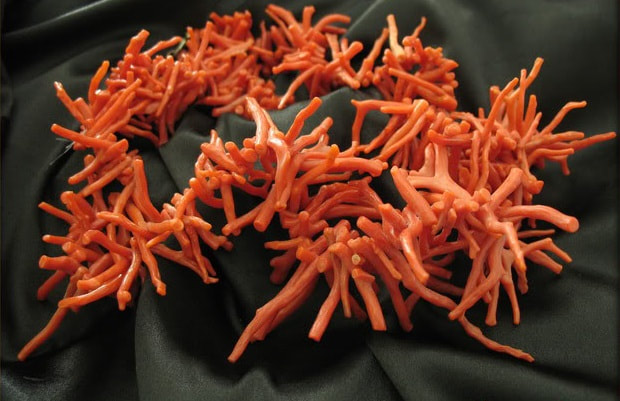

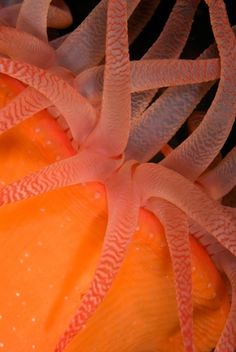
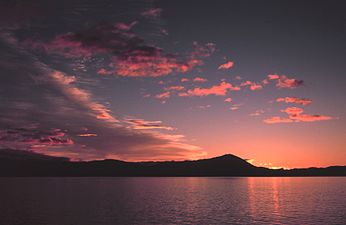
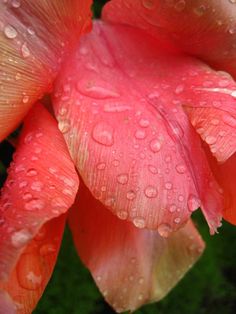
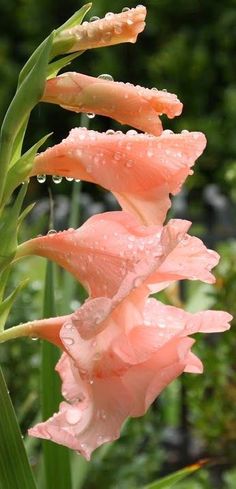
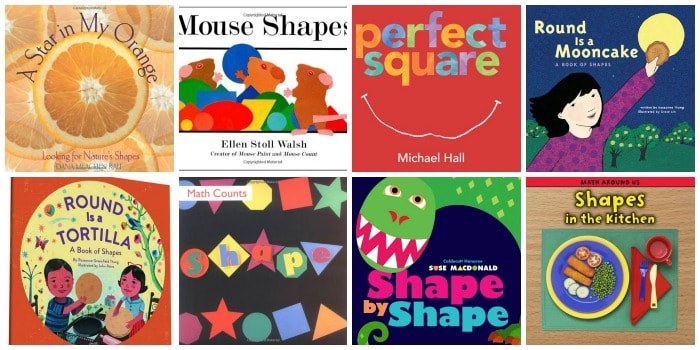
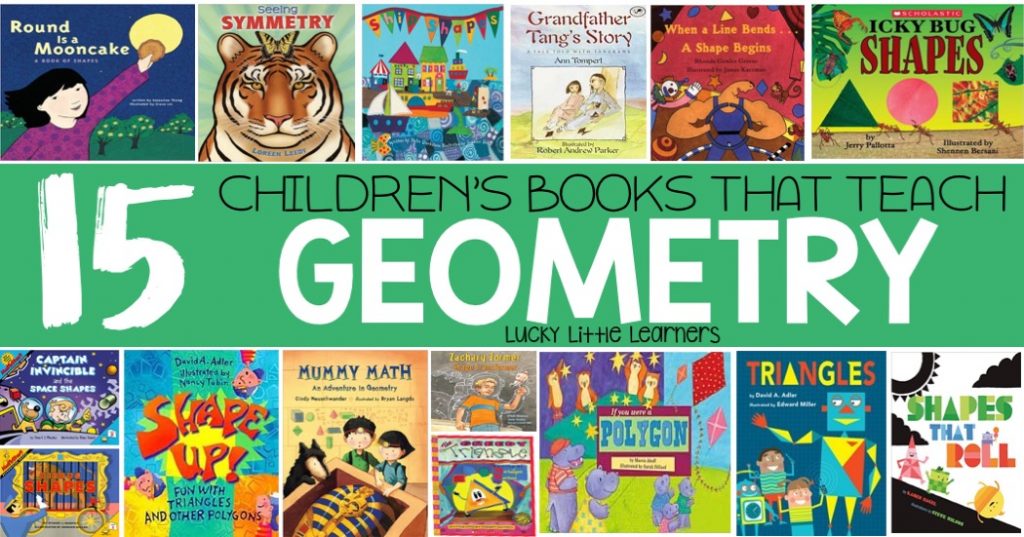
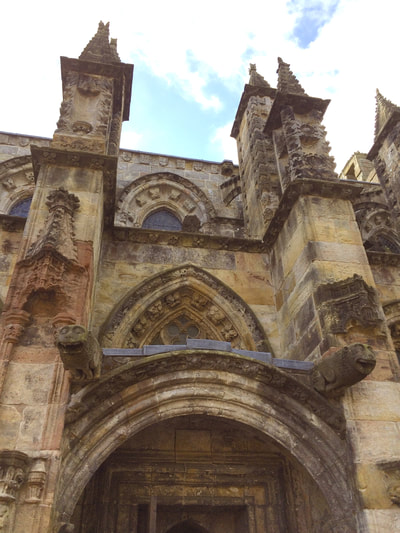
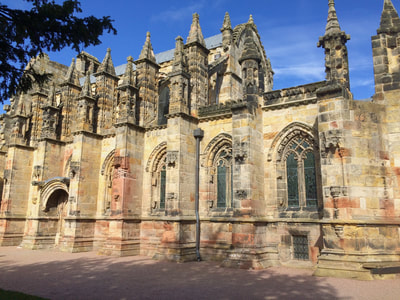
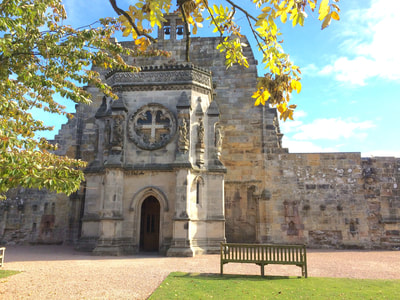
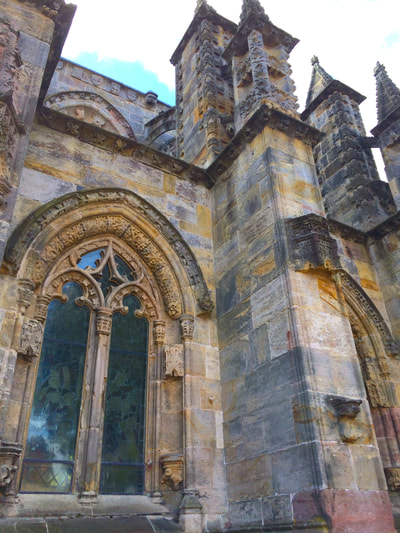
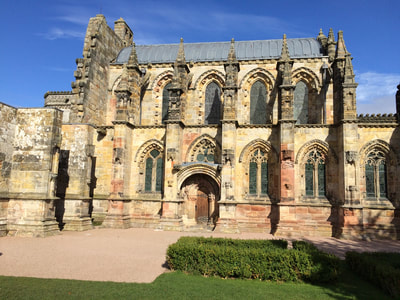
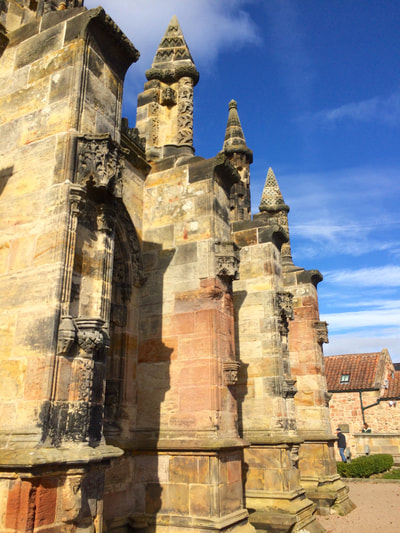
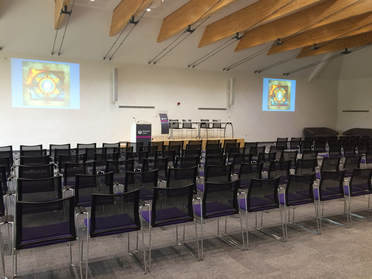
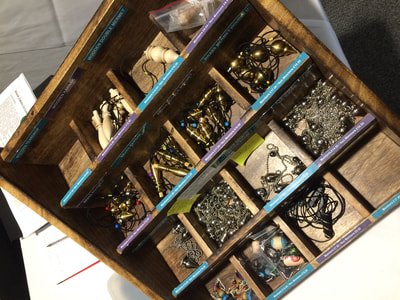
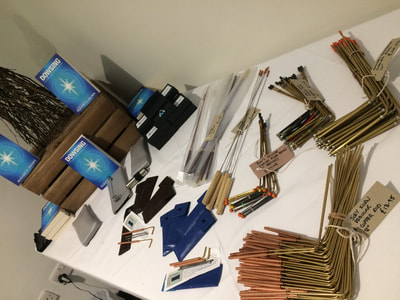
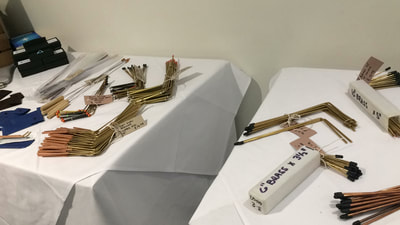
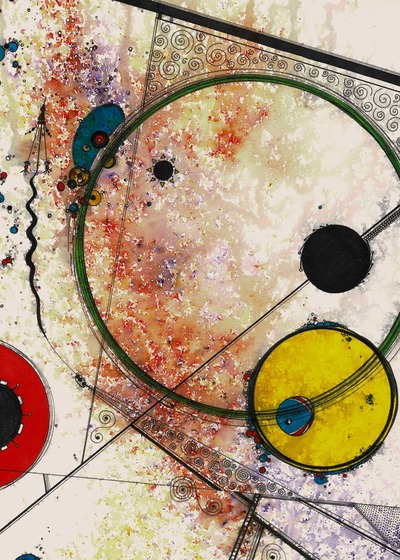
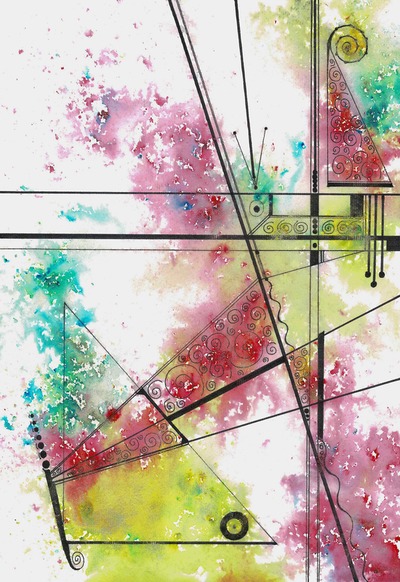
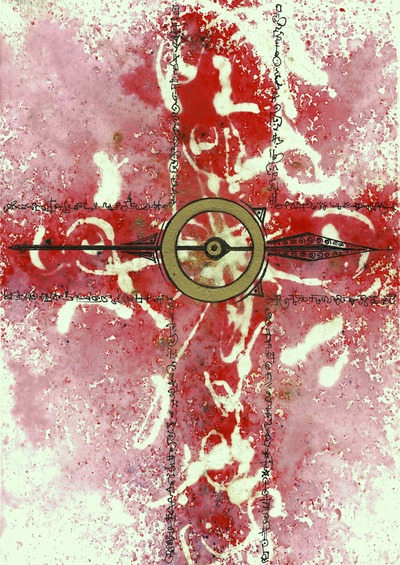
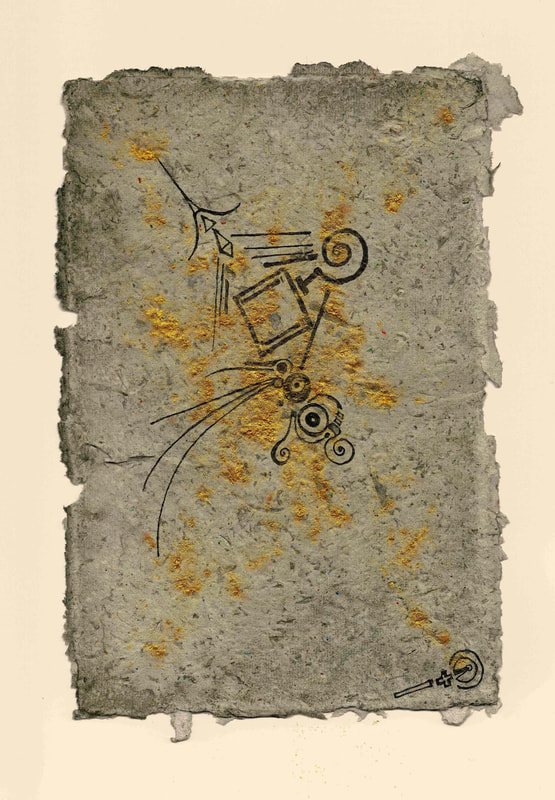
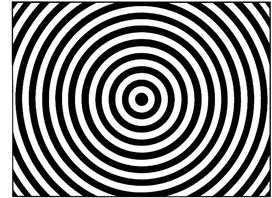
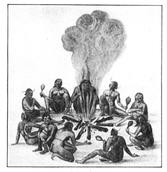
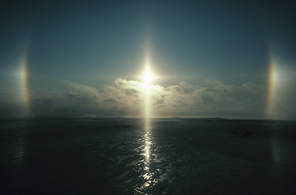
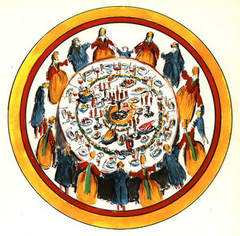
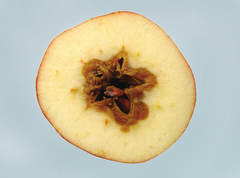

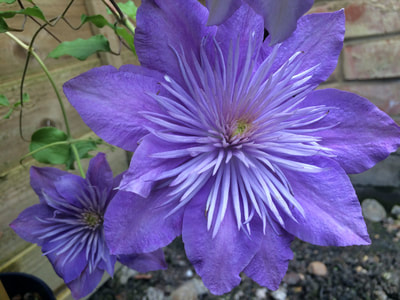

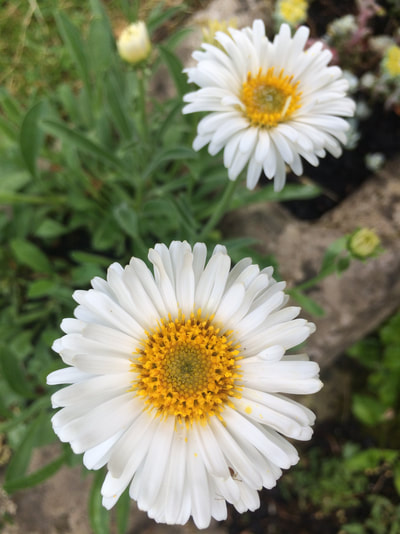
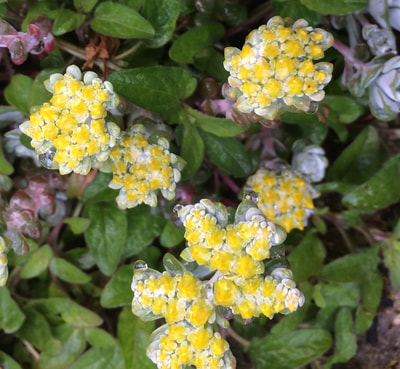
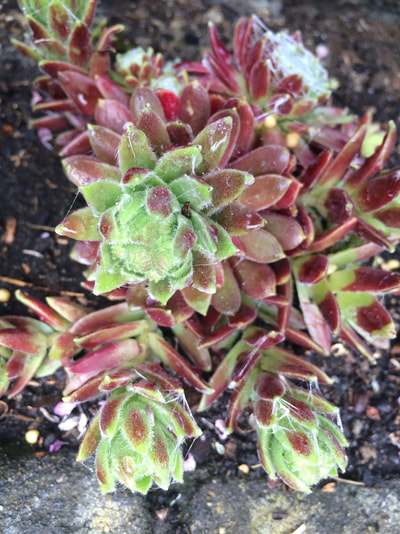
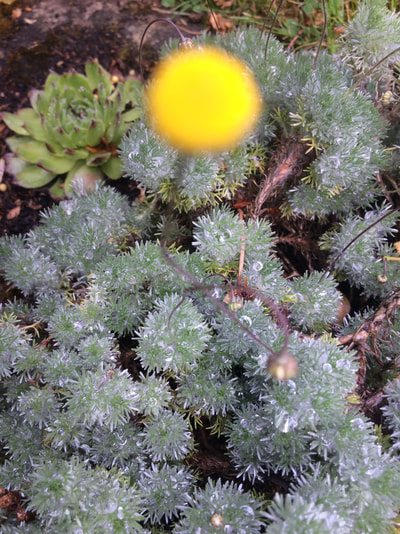
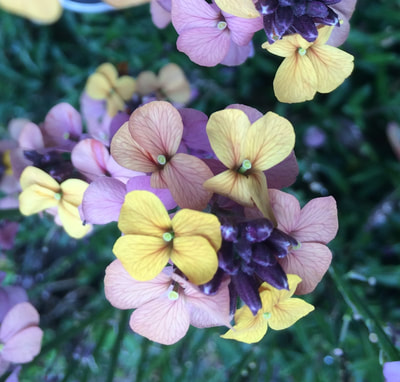
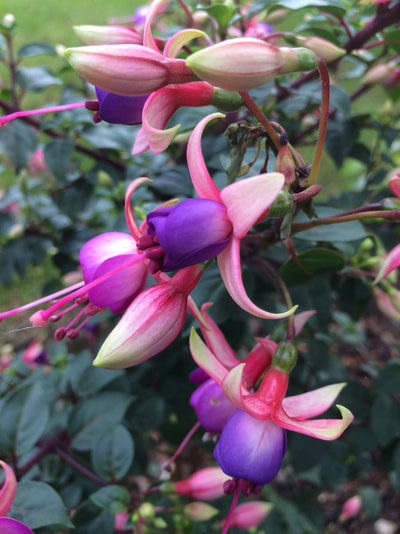
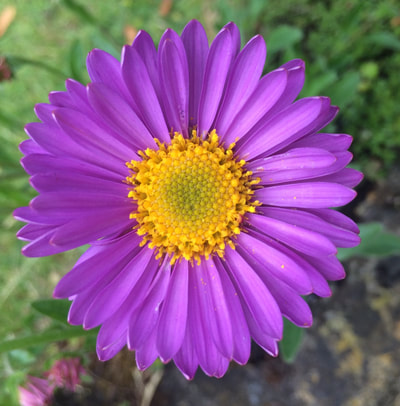
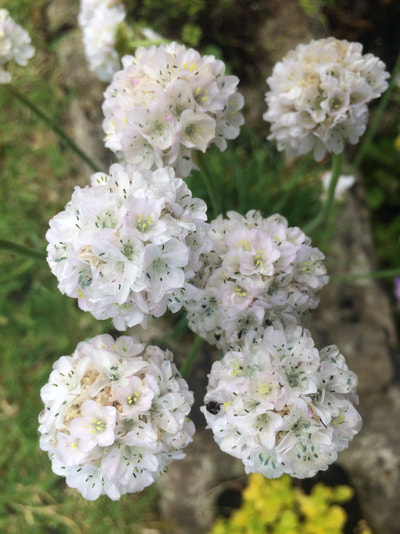
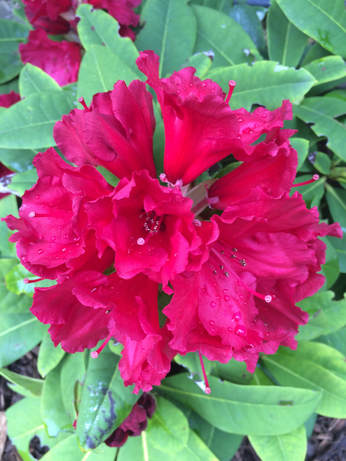
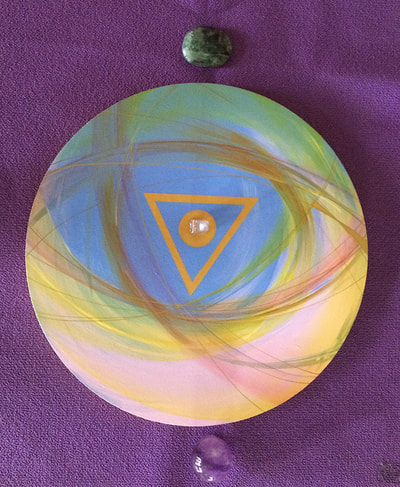
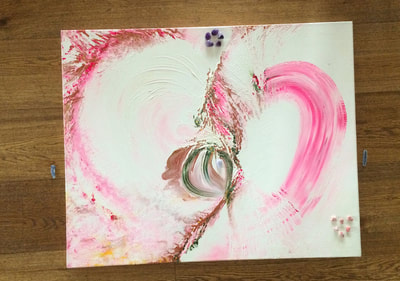
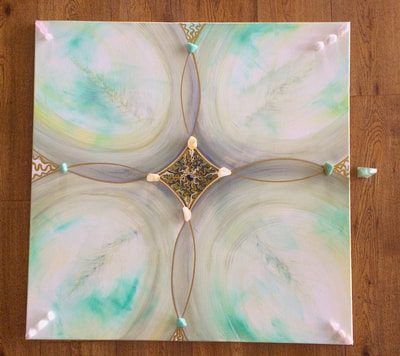
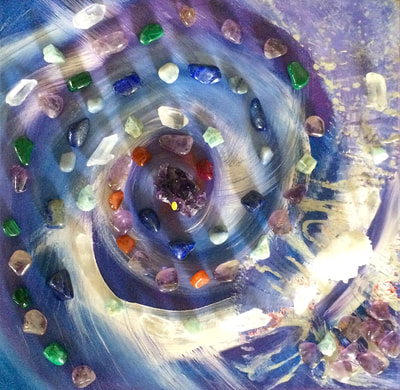
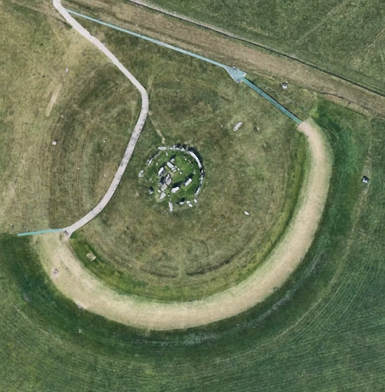
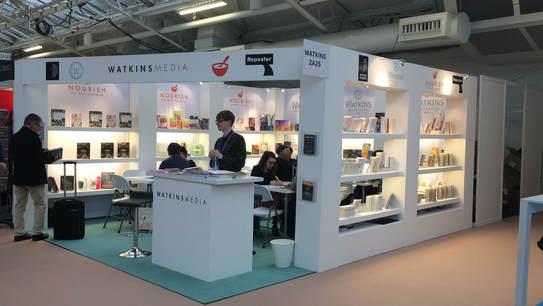
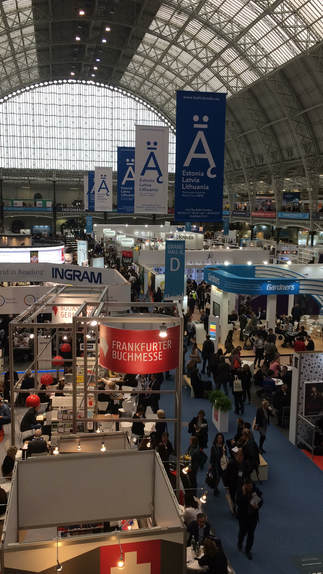
 RSS Feed
RSS Feed

